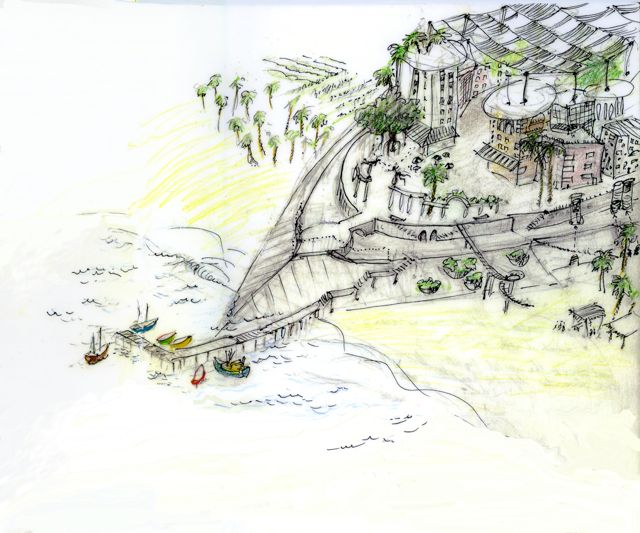Editor’s Note:
Bhutan is a small country that borders India to the south and east, Tibet to the north and which touches the even smaller former country Sikkim taken over by India in 1975, becoming a state of India, to the west. With a land area of 18,000 square miles, it is about the same size as Switzerland. With its remote location and with its regulated tourism, it remains largely shrouded in mystery to the rest of the world. The term “gross national happiness” was coined in 1972 by Bhutan’s fourth Dragon King, Jigme Singye Wangchuck. He used this phrase to signal his commitment to building an economy that would serve Bhutan’s unique culture based on Buddhist spiritual values. The assessment of gross national happiness measures quality of life or social progress in more holistic and psychological terms than the economic indicator of gross domestic product GDP which emphasizes growth in production, consumption and accumulating (or dissipating) investment holdings.Ecocity Builders' President Richard Register recently traveled to Bhutan to think through a design for an ecotown at the confluence of the country's two largest rivers with a merging of the measures of Gross National Happiness and ecocity principles.
A month ago I returned from Bhutan, one of the more amazing trips of my life. I spent the next three weeks writing up a report on it all and now I’m contemplating next steps… back to Bhutan?
Happiness!The first thing I learned about happiness over there is that, though they are probably even as the Bhutanese themselves say, measurably happier than most, of course it comes and goes and comes back in all of us. Sometimes they are happy, sometimes not, but doing better than most I’d say having lived there for a little less than a month. From my experience outside Bhutan, which is about 300 times the time I’ve been in Bhutan, what I knew about their Gross National Happiness index before going, was that people either didn’t know where Bhutan was or thought it was a generally good idea, so closely were the country and the idea identified with each other. It all seemed rather innocent and positive. So why not play on the old Gross National Product, which somewhere morphed into Gross Domestic Product (who are those economists to decide such things, anyway?) and why not make something of a joke of GDP while advancing happiness a little?Well, it’s a lot more important than that. What is really going on here, or I should say there, is a challenge to the whole construct that is almost like the chant of consensus reverberating around the world, the carrier wave of belief in infinite growth in a finite environment, producing Gross Global Damage and shaking the planet from its atmosphere’s climate change to the very circulation of the oceans, to the shaking of the earth itself – in fracking, mind cracking, even raising the seas for God’s sake and distorting and impoverishing evolution into eternity since extinctions, much less mass extinctions, are forever. That’s how bad the religion of GDP and it mantra of produce, grow, consume, produce, grow, consume actually time without end is.GNH a pretty good idea? Little Bhutan making a playful ironic comment about the big world outside? Hardly. This country is the mouse that roared, but unlike the novel, movie and stage adaptation by that name, by declaring peace on the future, not war on the US as in the fiction version. In the real country’s case, peace is promoted through maximum happiness instead of maximum growth and consumption.
 From “Mannahatta – A Natural History of New York City” we see a satellite image of the greater New York metropolitan area taken in 2009. It is pretty much the same today.[/caption]
From “Mannahatta – A Natural History of New York City” we see a satellite image of the greater New York metropolitan area taken in 2009. It is pretty much the same today.[/caption]



